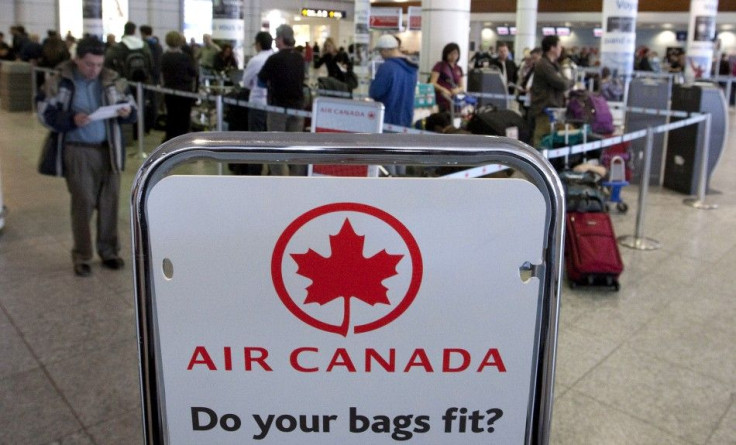Pilot Sends Plane Into Nose Dive Fearing Collision With Approaching Aircraft That Turned Out To Be Venus

A tired Air Canada pilot mistakenly believed his jet was about to crash into another airplane and forced a sudden dive of the plane, injuring several people on board, but the approaching aircraft turned out to be Venus.
At least 16 passengers and crew sustained minor injuries during the incident, when the first officer thrust the control stick forward, sending the plane into a sharp decline. The pilot saw the planet Venus, believing it was an incoming plane.
Under the effects of significant sleep inertia (when performance and situational awareness are degraded immediately after waking up), the first officer perceived the oncoming aircraft as being on a collision course and began a descent to avoid it, Canada's Transportation Safety Board said, according to a recently released report.
The chief investigator looking into the incident, Jon Lee, said that this event highlighted the need to address the issue of pilots facing fatigue.
This occurrence underscores the challenge of managing fatigue on the flight deck, he said, according to Reuters.
The incident took place on January 13, 2011 during an overnight flight from Toronto to Zurich with 95 passengers and eight crew-members onboard a Boeing 767. The report by the Transportation Safety Board was released yesterday and describes the 46 seconds when the pilot took a sudden dive.
The report indicated that the first officer initially took a controlled rest. This is a nap that is no longer than 40 minutes that is used to improve work performance. The captain had turned on the seat belt sign, expecting turbulence while a U.S. Air Force C-17 approached the plane.
The officer awoke from his rest that lasted 75 minutes, but reported that he still felt unwell. The officer saw a glowing object, Venus, ahead of the approaching C-17.
The FO (First Officer) initially mistook the planet Venus for an aircraft but the captain advised again that the target was at the 12 o'clock position (straight ahead) and 1,000 feet (305 meters) below, said the report. When the FO saw the oncoming aircraft, the FO interpreted its position as being above and descending towards them. The FO reacted to the perceived imminent collision by pushing forward on the control column,
Air Canada expressed their regret over the incident and the minor injuries sustained by passengers and crew. They plan to amend their pilot procedures to make sure this incident does not happen again.
Air Canada has developed a special fatigue report form for use in its safety reporting system ... this enhanced system should be in place in summer of 2012, said spokesman Peter Fitzpatrick, reported Reuters.
According to the report, the Transportation Safety Board will institute guidelines in order to monitor how tired a pilot is and if he is able to fly.
The aim of fatigue monitoring is to identify a pilot who appears to be in a fatigued state and take appropriate actions before an error occurs, said the Transportation Safety Board.
© Copyright IBTimes 2024. All rights reserved.





















